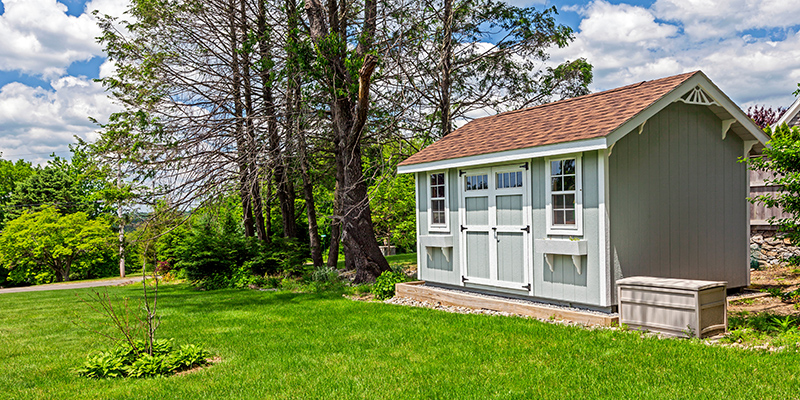Homeowner Lawsuit Over A Sea Wall May Change The Coastline

Homeowners from Casa Mira Homeowners Association engage in a lawsuit over a sea wall to protect their property. The commissioners denied their original proposal to build a seawall. The homeowners sued and won in July.
Browse By Category
Sign up for Our Newsletter
Homeowners from Casa Mira Homeowners Association engage in a lawsuit over a sea wall to protect their property. The commissioners denied their original proposal to build a seawall. The homeowners sued and won in July.
The Threat of Rising Sea Levels
Rising sea levels and raging storms have damaged much of California’s coastline during the winter. In 2016, the residents of Casa Mira Homeowners Association, a 10-townhouse residential area at the end of Mirada Road, faced a severe storm that collapsed 20 feet of bluffs.
The homeowners were worried that their properties were in danger. As a result, the California Coastal Commission asked for an emergency permit to put down riprap using boulders along the shoreline. This could block waves and keep them from causing more harm.
In addition, the members of Casa Mira HOA spent $210,000 on engineering studies to find a permanent solution. They later applied to build a 257-foot concrete sea wall to the Coastal Commission. The homeowners also agreed to pay for park signs, bicycle racks on the trail, benches, and a staircase for public access to the beach.
Despite their reluctance to approve sea wall permits in recent years, the staff of the Coastal Commission initially recommended the approval of the project. According to them, the $5 million sea wall could protect a sewer line and a part of the California Coastal Trail.
A Sudden Twist
In July 2019, after four hours of driving and 9 hours of waiting, the homeowners attended the Coastal Commission meeting in San Luis Obispo. However, their request to build a sea wall was denied by the commissioners. Delia Bense-Kang, an advocate who is part of the Surfrider Foundation environmental group, said the project sets a terrible precedent. They mentioned that a managed retreat wherein removing or moving back homes was a better choice. The commissioners concurred.
As a result, the commissioners voted only to allow the construction of a 50-foot sea wall adjacent to the four-unit apartment building. However, the homeowners of Casa Mira were denied a sea wall. Dayna Bochco, an attorney and the chairwoman of the commission, said that sea walls eat away at the beach. According to her, the project is anti-access and the homeowners will someday lose that beach.
Jack Ainsworth, the executive director of the commission, told the homeowners a few days later that they also had to remove the boulders. As a result, even if the homeowners follow an HOA emergency plan, their homes would be defenseless once the next storm hits. This left the homeowners feeling angry, frustrated, and defeated.
Lawsuit Over a Sea Wall
The homeowners engaged in a lawsuit over a sea wall as a result of these events. The San Mateo County Superior Court Judge Marie Weiner ruled that California’s landmark Coastal Act was violated by the Coastal Commission. They failed to balance private property rights with the need to preserve the environment. According to the Coastal Act approved in 1976, the commission shall issue permits for armoring and sea walls to protect existing structures.
The commissioners contested that the existing structures only pertained to constructions before January 1, 1977, after the law took effect. The townhomes did not receive a permit because the structures were built in 1984. However, the judge ruled that the commission was wrong.
According to Weiner, the interpretation of the Coastal Act to allow all homes and buildings constructed after 1976 to be destroyed and fall into the sea was erroneous and unreasonable. It was a misreading of the law. Hence, the ruling was finalized in July, and the homeowners won the lawsuit.
A Significant Case
After the ruling, the commission applied for an appeal in September. It could eventually land before the state Supreme Court. Meanwhile, the case has drawn interest from several regulators, researchers, lawyers, and environmentalists. If the homeowners win, the case could set a precedent for the rest of California’s coastline. This could force the state to allow sea walls or pay millions of dollars to property owners to tear down, build, and move homes and businesses in danger.
Furthermore, losing the case could affect the commission’s capacity to avoid sea wall construction. Nonetheless, the threat of rising sea levels is growing. It’s one of the biggest dilemmas human civilization needs to face. According to Gary Griggs, a Distinguished Professor of Earth Sciences at UC Santa Cruz, “We have to face it, and our options are few. There’s nothing we can do long-term to hold back the Pacific Ocean.”
By 2050, $8-10 billion of existing property along the California coastline will likely be underwater. Moreover, roughly $6-10 billion of existing property will be at risk during high tides. This recent lawsuit over a sea wall can become a landmark case that may determine the future of the state’s actions.
Trending Now
Related Article
Sign up for Our Monthly Newsletter
Sign up below for monthly updates on all HOA Resource
















